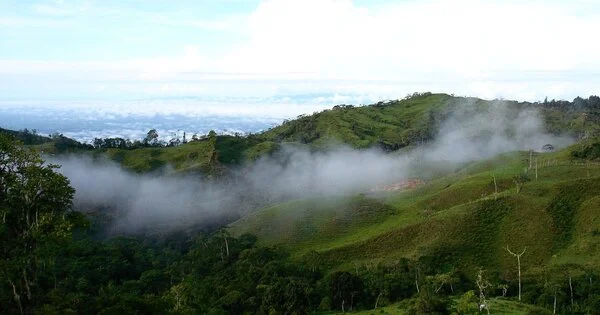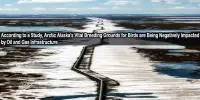A secondary forest (or second-growth forest) is a forest or woodland region that has regenerated mostly through natural processes following human-caused disturbances such as timber harvesting or agricultural clearing, or similarly disruptive natural phenomena. It is a form of forest that has naturally regrown after a large disturbance or land-use change, such as logging, agriculture, or wildfire, has removed the original forest cover. It is also known as a regrowth forest or second-growth forest.
It differs from an old-growth forest (primary or primeval forest) that has not recently been disturbed, as well as a complex early seral forest and third-growth forests that develop from harvesting in second-growth forests. These forests differ from primary forests, which have not been significantly disturbed and have typically developed over a much longer period of time.
Secondary forests are often characterized by certain ecological and structural differences:
- Age: In general, secondary forests are younger than main forests. The age of trees and plants in secondary forests varies according to factors such as disturbance intensity and natural regeneration rate. Some secondary woods are new, while others have been around for several decades.
- Biodiversity: Secondary forests may be less varied than primary forests because they lack the complex structure and rich species composition found in undisturbed ecosystems. However, when the forest matures and additional species recolonize the region, biodiversity can rise.
- Canopy structure: Secondary forest canopy structure is less complex than that of primary forest. Secondary forests may have a simpler, more uniform canopy structure, whereas primary forests may have several canopy layers, including emergent trees.
- Tree species composition: Secondary forests may have a different tree species mix than main forests because some species are more successful at colonizing disturbed regions. In the early stages of secondary forest formation, pioneer species that are adapted to colonize open spaces generally predominate.
- Ecosystem services: Secondary forests provide a variety of ecosystem services, such as carbon sequestration, wildlife habitat, and water management. While secondary forests do not provide the same degree of services as main forests, they do play an important role in supporting biodiversity and mitigating environmental consequences.
Secondary forest regrowth following timber harvest varies from forest regrowth after natural disturbances such as fire, insect infestation, or windthrow because dead trees remain after natural disturbances to supply nutrients, structure, and water retention. Secondary forests differ significantly from main forests in composition and richness; nonetheless, they may still be beneficial in providing habitat for native species, conserving watersheds, and restoring ecosystem connectivity.
















